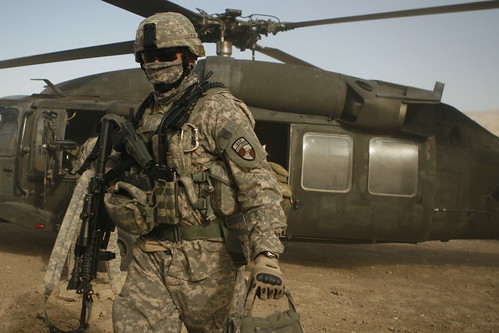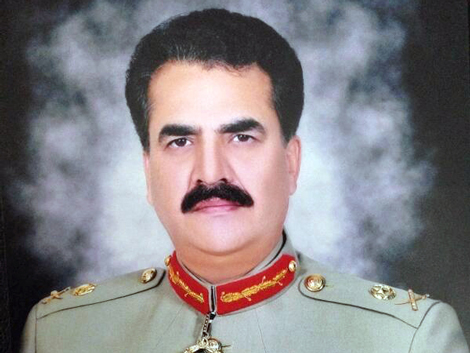
PARIS – France is gravely ill. So ill, in fact, that Standard & Poor’s recently cut its sovereign-credit rating – the country’s second downgrade in less than two years. The decision was accompanied by warnings that the budgetary and structural reforms that President François Hollande’s administration has implemented over the last year have been inadequate to improve France’s medium-term growth prospects. Now, the pressure is on for structural reforms covering everything from labor markets to taxation.
While the S&P downgrade was unexpected, it was not exactly shocking. The recent downturn in France’s industrial output has created large trade deficits, and is undermining the competitiveness of small and medium-size enterprises. Unemployment stands at about 11%, with a record-high 3.3 million workers registered as jobless in October.



